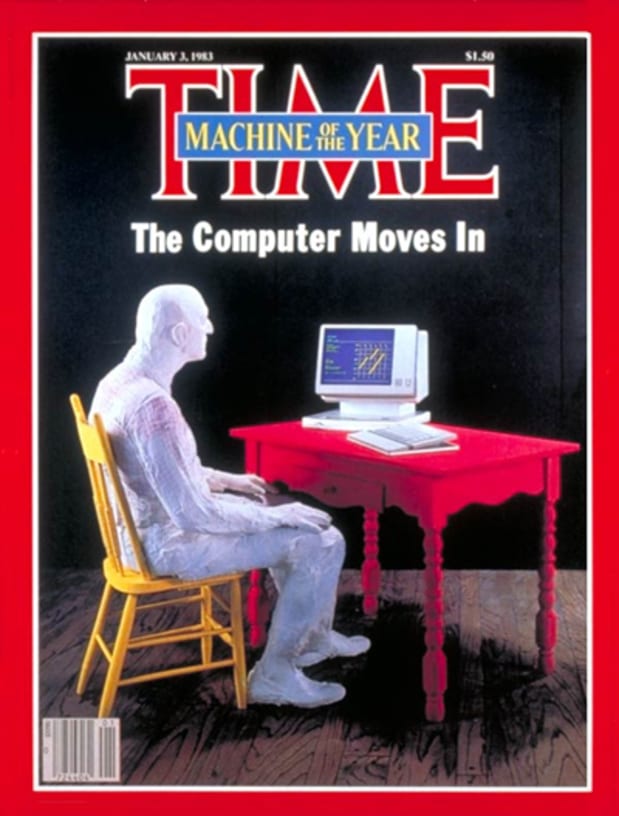History is not always some ancient moment in time. It is constant and changes rapidly over the course of time. We get to witness some of it in the present.
This is an opinion editorial by Tomer Strolight, editor-in-chief of Swan Bitcoin and author of “Why Bitcoin.”
History is neither merely what happened hundreds of years ago, nor only wars and human catastrophes. If you zoom out just a bit, you can see that history happens all the time. Our civilization, our culture, our technology and even we ourselves are changing — influenced by megatrends that shape all humanity. Changes often happen fast, but their imprint remains.
Even just taking a snapshot of highlights from a single year over a few 10-year periods reveals how much change occurs. Consider the years 2012, 2002, 1992 and 1982.
Only 10 years ago the median house price had tumbled to $238,400, still coming off the housing crash of 2008. Ten years before that it had been $188,700. And 10 years earlier it was just $119,500, while in 1982 it was only $69,600. Today it’s $454,900.
Technology of course has been wildly advancing, influencing the price of many things and the culture as well. It’s only been 10 years since Google Play came into existence. People once lived without apps! (Although iPhone users had a head start.) Twenty years ago, Apple launched the iPod, a revolutionary portable digital music player that changed the music industry. Thirty years ago, nobody had heard of an internet browser because it hadn’t been developed yet! And 40 years ago, the IBM Personal Computer had just finished its first year of being on the market and it became the first inanimate object to be named Time Magazine’s “Man of the Year.”

Oh, how the news and culture have changed also. For example, in 1975 there was concern that an ice age was coming after America experienced its coldest winter in a hundred years. In 1981, MTV, a TV channel dedicated then to showing music videos, had just come on the air. It seems like a completely different civilization, but roughly one half of America’s current population was alive at the time and experienced it.
Of course, all this took place under the dual forces of the ever-expanding creep of fiat currency and the rapid advancement of computing technology. These are probably the two strongest megatrends over the whole time period. One was exponentially inflationary; the other, deflationary. One was based on hard science; the other on wishy-washy, postmodern economic theories. One delivered goods that seemed magical; the other brought crisis after crisis. The battle between these two forces now appears to be at a climax and history is about to be made again.
The coexistence of these two forces that defined history over the last 40 years may be coming to an end. Technology and central banking are clashing. Technology has brought forth its champion to slay fiat money. And we all know who that champion is: Bitcoin. Bitcoin will be the resolver of a historic tug-of-war over control of the wealth of humankind. As the government is going digital, digital is going at the government. We are here to witness the spectacle. And to be a part of it.
At Pacific Bitcoin, we will be trying to create our own version of a time machine to explore the last 40 years of history through dialogue. Over two days, four separate panels will take the stage to discuss 1982, 1992, 2002 and 2012, focusing on the culture, the economy and the technology of the times. Panelists will include Jeff Booth, Greg Foss, Bob Burnett, Warren Togami, Lawrence Lepard, Carla from the Crypto Couple, Ben de Waal, Isaiah Jackson, Dustin Trammel, Allen Farrington and Pete Rizzo. I hope to see you there.
This is a guest post by Tomer Strolight. Opinions expressed are entirely their own and do not necessarily reflect those of BTC Inc or Bitcoin Magazine.